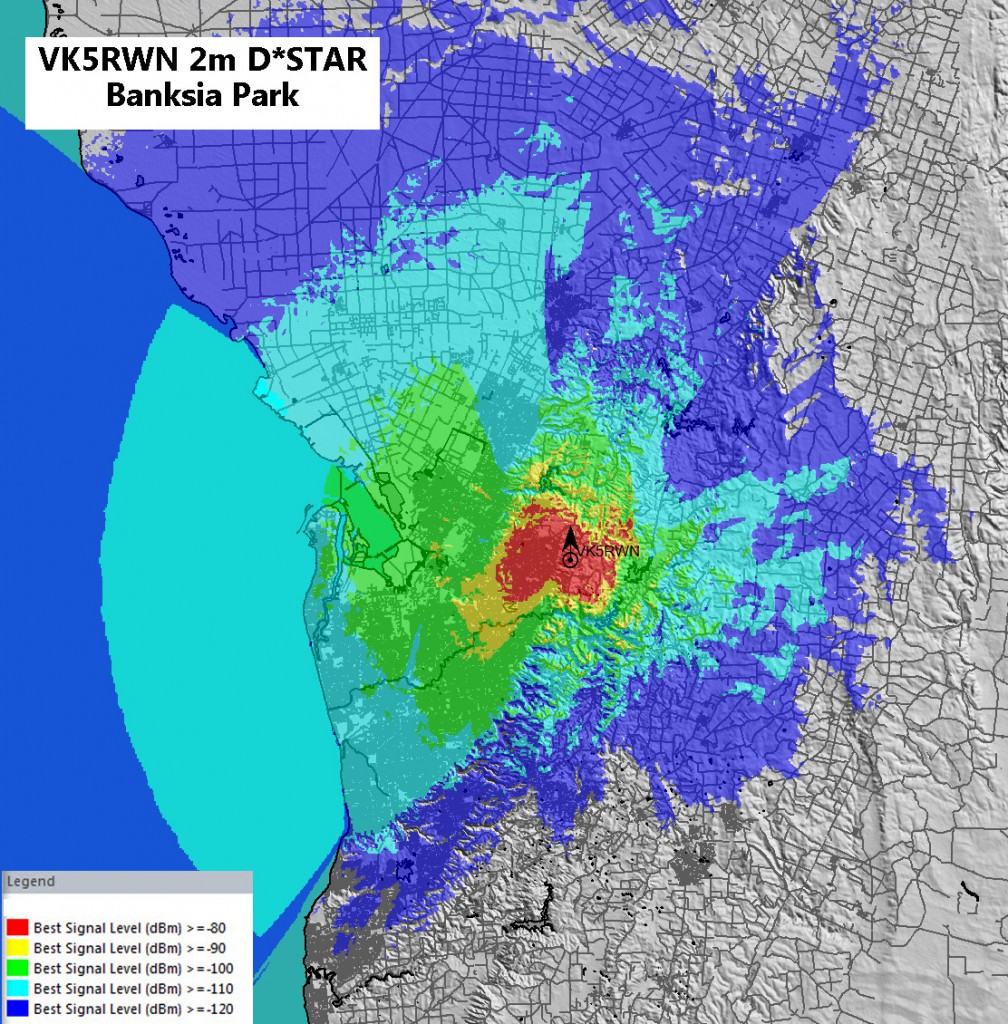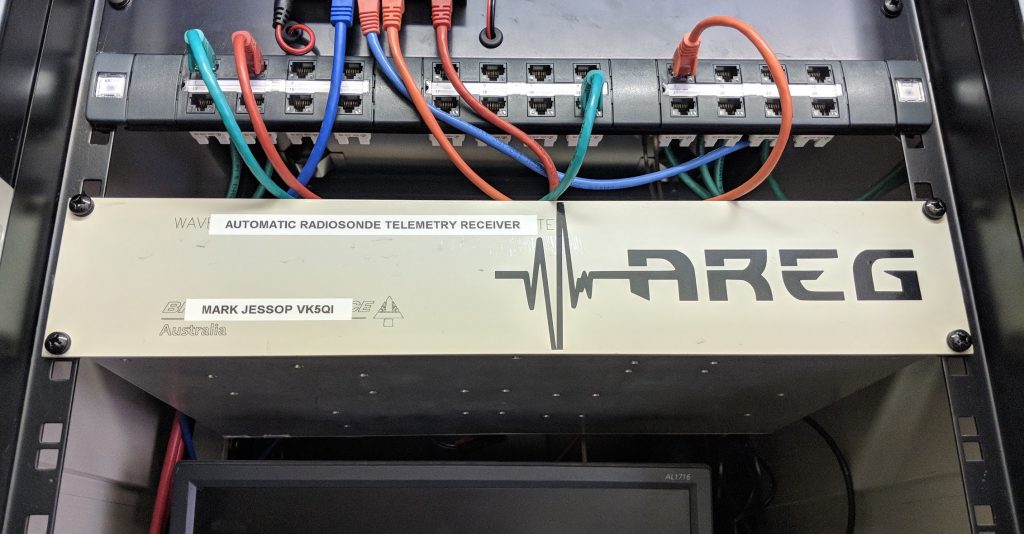After several years off air and/or operating from a temporary site in the western suburbs, the Amateur Radio Experimenter’s Group is please to announce that we have been able to negotiate a new home for the club’s VK5RSA Adelaide CBD 70cm repeater!
 AREG has entered into a sponsorship agreement with KernWi-Fi, who are supporting the club by facilitating access to one of the premier communications sites in the Adelaide CBD atop Westpac House. At 134m high, this site is on one of the highest buildings in the city! AREG wishes to express it’s sincere thanks to Phil Kern (VK5ZEY) for his support of the VK5RSA repeater. It has been a dream of the club to gain access to the site for nearly 20 years and it is great to see it finally come to fruition.
AREG has entered into a sponsorship agreement with KernWi-Fi, who are supporting the club by facilitating access to one of the premier communications sites in the Adelaide CBD atop Westpac House. At 134m high, this site is on one of the highest buildings in the city! AREG wishes to express it’s sincere thanks to Phil Kern (VK5ZEY) for his support of the VK5RSA repeater. It has been a dream of the club to gain access to the site for nearly 20 years and it is great to see it finally come to fruition.
The repeater itself has been rebuilt by Paul VK5BX & Dean VK5HMV, and was installed by Dean VK5HMV and Shane VK5NRV over this past weekend. This was the culmination of 9 months of discussions and planning by the AREG Committee, members on the repeater sub-group and the KernWi-Fi team.
VK5RSA operates on
438.025MHz (-7MHz input)
with 91.5Hz CTCSS
NOTE: The repeater input frequency was changed Monday night due to un-resolvable interference from the co-sited commercial operators. VK5RSA is now operating according to the new 70cm band plan, with a repeater receive frequency of 431.025MHz. This is a -7MHz offset instead of the old -5MHz offset that was in use previously.
But Wait – there’s more!
In addition to being installed atop one of the highest buildings in Adelaide, VK5RSA is now part of something much bigger. It has now joined the growing Central South Australian repeater network, which provides coverage over most of central SA.
The repeaters in the network are:
| Location / Area | Callsign | Output | Input | CTCSS |
|---|---|---|---|---|
| Adelaide CBD | VK5RSA | 438.025MHz | -7MHz | 91.5Hz |
| Adelaide Region | VK5RAD | 439.925MHz | -5MHz | |
| Adelaide NE | VK5RKW | 438.050MHz | -7MHz | |
| Lobethal / Adelaide Hills | VK5RAH | 146.775MHz | -600kHz | |
| Mt Bevor / Murray Bridge | VK5RMB | 146.875MHz | -600kHz | |
| Victor Harbor | VK5RVH | 147.100MHz | -1.6MHz | |
| Waikerie | VK5RWR | 146.750MHz | -600kHz | 91.5Hz |
NOTE: With the network access comes a change in mind set for operators too. For all 6 repeaters to operate together, it is important for users to leave at least a 1 second gap after the repeater tails before transmitting. This will give sufficient time so that all of the transmitters and receivers can sequence correctly thus preventing one or more repeaters from being locked out.
The nominal best areas to access each repeater are shown here:

Strongest Serving Repeater Map (Note Victor Harbor not shown)
The coverage of the system is expected to be second to none in this part of the state. AREG hopes by making VK5RSA part of this network that it will help bring amateurs together on VHF/UHF and will drive new activity on these bands!
We look forward to hearing you on VK5RSA and the link network! Come and give it a go….
















 The IRLP Node 6214 will be available for use by users supporting JOTA this weekend, 20, 21 October. The node can be accessed via the VK5RSB 70cm repeater on 439.900 (-5MHz) using a 91.5Hz CTCSS access tone.
The IRLP Node 6214 will be available for use by users supporting JOTA this weekend, 20, 21 October. The node can be accessed via the VK5RSB 70cm repeater on 439.900 (-5MHz) using a 91.5Hz CTCSS access tone.
